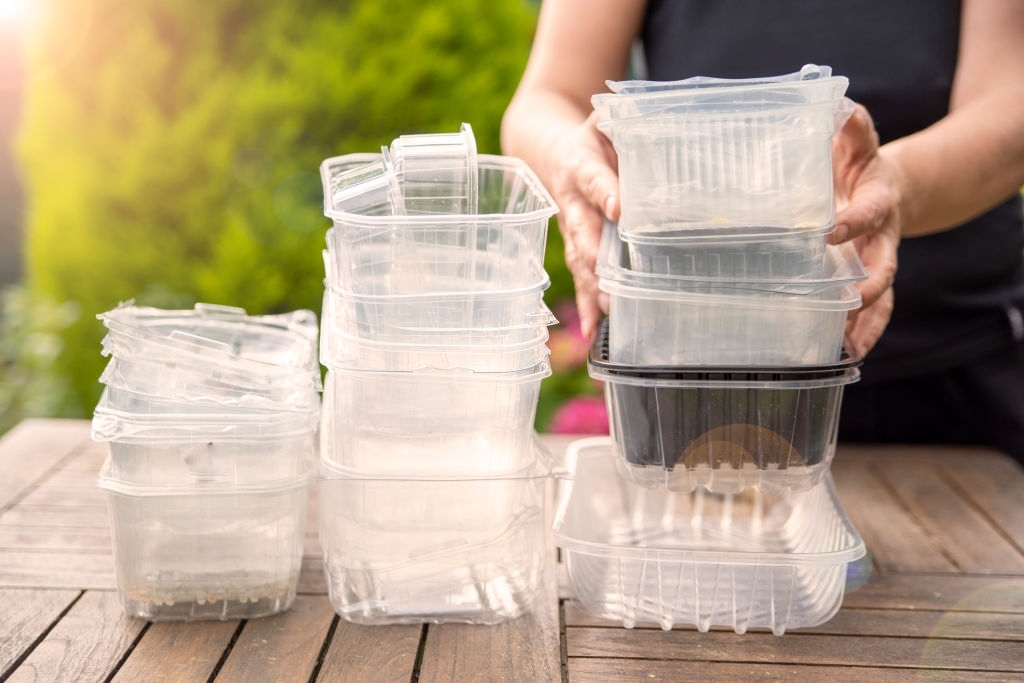Smart Plastic Packaging in Hot Climates: U.A.E.’s Innovations for Preserving Fresh Produce

In the U.A.E., preserving fresh produce can be a formidable task due to the high temperatures and harsh environmental conditions. With a large portion of its fresh produce being imported, the U.A.E. has made strategic investments in innovative packaging solutions to combat spoilage and keep food fresh. Among the most promising advancements are smart plastic packaging technologies that protect perishable goods from temperature extremes, ensuring a stable supply and reducing waste. These efforts align with the U.A.E.’s sustainability goals while also addressing the country’s unique challenges in food preservation.
The Challenge of Freshness in a Desert Climate
The U.A.E.’s intense heat and low humidity make it difficult to maintain the freshness of imported fruits and vegetables. The temperature fluctuations during transportation and storage can quickly lead to spoilage if produce is not adequately protected. As such, innovations in plastic packaging are crucial in preserving the quality of produce for longer periods, minimizing food loss from farm to shelf, and helping to maintain food security.
With nearly 90% of its food supply imported, the U.A.E. faces heightened challenges in ensuring that fresh produce reaches consumers without substantial waste. Smart plastic packaging solutions—engineered to combat the region’s extreme heat—are vital in overcoming these obstacles by extending the shelf life of produce and reducing the need for frequent shipments.
Innovations in Smart Plastic Packaging for Produce
One of the notable advancements in plastic packaging for produce is the development of temperature-resistant films. These films are designed to reflect harmful UV rays and maintain a stable temperature within the packaging, preventing heat from degrading the quality of fruits and vegetables. By blocking UV exposure, these specialized films help reduce over-ripening, allowing produce to last longer on store shelves and in consumers’ homes.
Another key technology used in smart plastic packaging is Modified Atmosphere Packaging (MAP), which adjusts the levels of oxygen and carbon dioxide inside packaging. By regulating these gases, MAP slows down the ripening process and preserves the freshness of produce. In the U.A.E., MAP has become a standard for many perishable items like tomatoes, leafy greens, and berries, reducing spoilage and ensuring that consumers have access to fresh, nutritious produce.
Anti-fogging plastic packaging is also particularly useful in the U.A.E. for maintaining the quality of moisture-sensitive produce. This packaging prevents condensation from forming inside, which can accelerate spoilage and diminish product appeal. Anti-fogging solutions are especially beneficial for leafy greens and other delicate vegetables that require a dry environment to stay fresh longer.
Supporting Food Security Through Packaging Innovation
The U.A.E. recognizes that reducing food waste is integral to its food security strategy. With advanced plastic packaging technologies, food that might otherwise spoil in transit is preserved, decreasing the overall need for imports. By minimizing food loss, the U.A.E. not only saves on costs but also reduces its carbon footprint by lowering the demand for additional shipments and decreasing dependency on foreign suppliers.
Moreover, many of these plastic packaging innovations are reusable and recyclable, aligning with the U.A.E.’s goals to create a more sustainable food system. As part of its Vision 2030, the U.A.E. has committed to reducing plastic waste and encouraging circular economy practices. Through partnerships with tech companies and research centers, the U.A.E. is fostering the development of environmentally friendly packaging options that protect fresh produce without increasing plastic waste.
A Model for Sustainable Food Preservation
By leveraging smart plastic packaging, the U.A.E. is setting an example for other hot, arid regions facing similar food preservation challenges. These packaging solutions not only address the problem of spoilage in extreme climates but also contribute to global sustainability efforts by reducing food waste, conserving resources, and optimizing logistics. The U.A.E.’s proactive approach in adopting smart packaging technologies highlights how innovation can solve complex food security issues in even the most challenging environments.
The U.A.E. continues to evolve its practices in sustainable food preservation, demonstrating that smart packaging can be both an economic asset and an environmental safeguard. Through these efforts, the U.A.E. is improving food access, reducing waste, and paving the way for a future where fresh, high-quality produce is available year-round, even in the most extreme climates.
